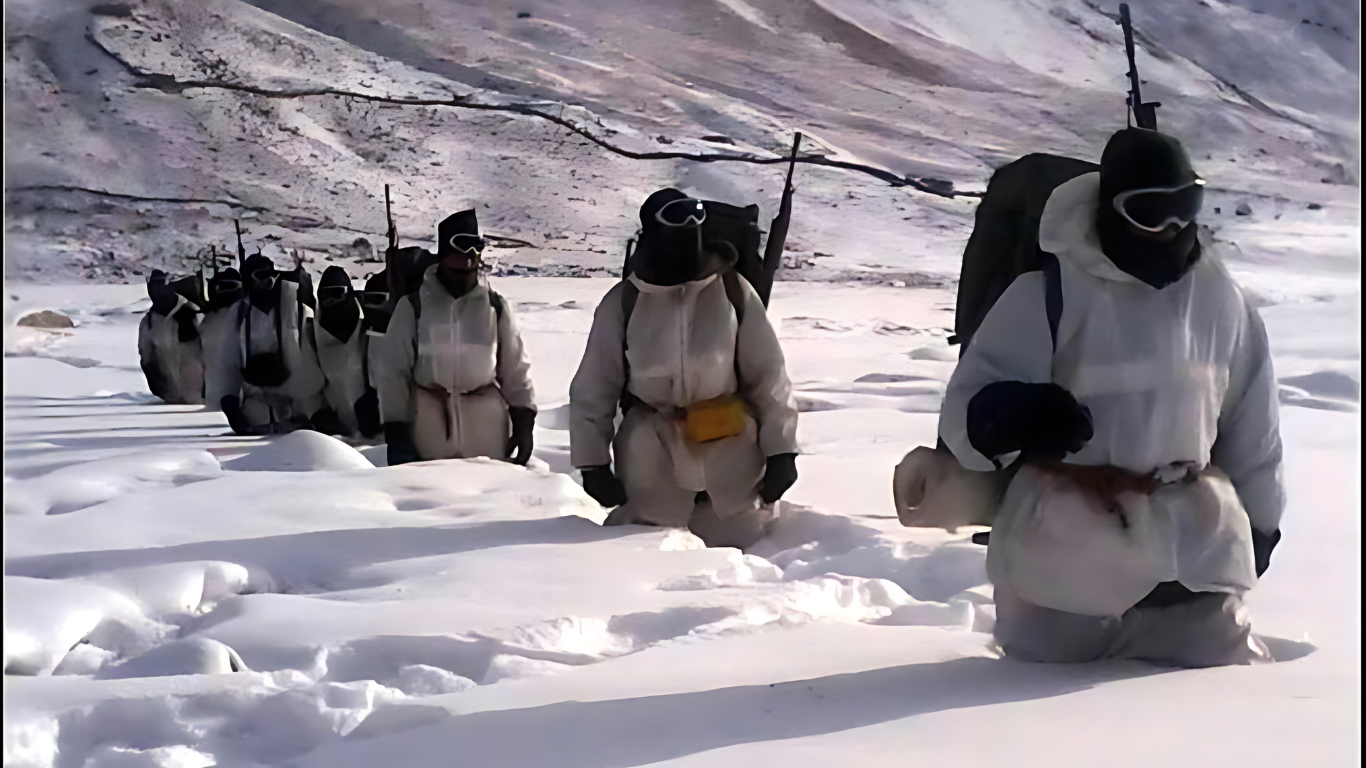Celebrating the 40th year of its presence on the Siachen glacier, the Indian Army reflects on the remarkable advancements made in the world’s highest battlefield. From technological innovations to logistical enhancements, a series of strategic measures have fortified India’s operational capabilities in this challenging terrain.
Situated at an altitude of approximately 20,000 feet within the Karakoram mountain range, the Siachen glacier stands as the highest militarized zone globally. Initially established under “Operation Meghdoot” on April 13, 1984, the Indian Army’s control over this region symbolizes not only valor and determination but also a testament to relentless innovation.
In recent years, significant progress has been made in infrastructure development, fostering a conducive environment for the troops stationed in Siachen. Notably, heavy-lift helicopters, logistic drones, and all-terrain vehicles (ATVs) have revolutionized mobility, facilitating seamless transportation across the glacier’s rugged terrain.
Innovations like the DRDO-developed ATV bridges have overcome natural barriers, ensuring uninterrupted supply lines to remote outposts. Moreover, the induction of heavy-lift helicopters and logistic drones has bolstered the delivery of essentials, particularly during harsh winter conditions.
The provision of specialized clothing, mountaineering equipment, and advanced rations has augmented soldiers’ resilience against the extreme weather conditions prevalent in Siachen. Additionally, pocket weather trackers and other gadgets offer crucial weather updates, enhancing situational awareness and safety.
Recent logistic initiatives have led to the availability of fresh rations and vegetables at forward posts, transforming the living conditions of soldiers. This logistical overhaul underscores the Army’s commitment to prioritizing the well-being of its personnel.
Advancements in communication technology, notably the VSAT technology, have revolutionized connectivity on the glacier. Real-time data transmission and internet connectivity have not only bolstered situational awareness but also facilitated telemedicine capabilities, ensuring the health and well-being of soldiers.
The Indian Space Research Organisation (ISRO) has played a pivotal role in establishing telemedicine nodes, offering critical medical support to troops and local communities in the Nubra valley. This initiative underscores the holistic approach adopted by the Army towards enhancing medical infrastructure.
India’s transformative initiatives in Siachen reflect a multifaceted approach towards strengthening its foothold in this strategically vital region. From technological innovations to logistical enhancements and medical support, these efforts epitomize the nation’s unwavering commitment to safeguarding its borders and ensuring the well-being of its armed forces.




